
SIGN UP TO RECEIVE
15% OFF
IN YOUR NEXT TOUR
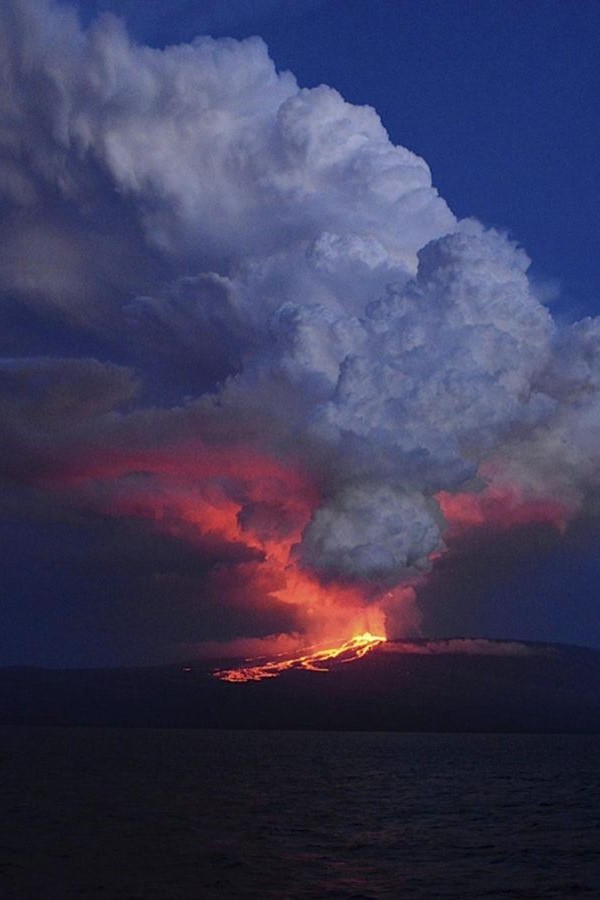
Wolf Volcano Erupts in the Galapagos, 07-Jan-2022
The tallest mountain in the Galapagos islands is erupting, spewing lava down its flanks and clouds of ash over the Pacific Ocean. The eruption that began shortly before midnight Wednesday Galapagos time.
SCROLL DOWN TO READ
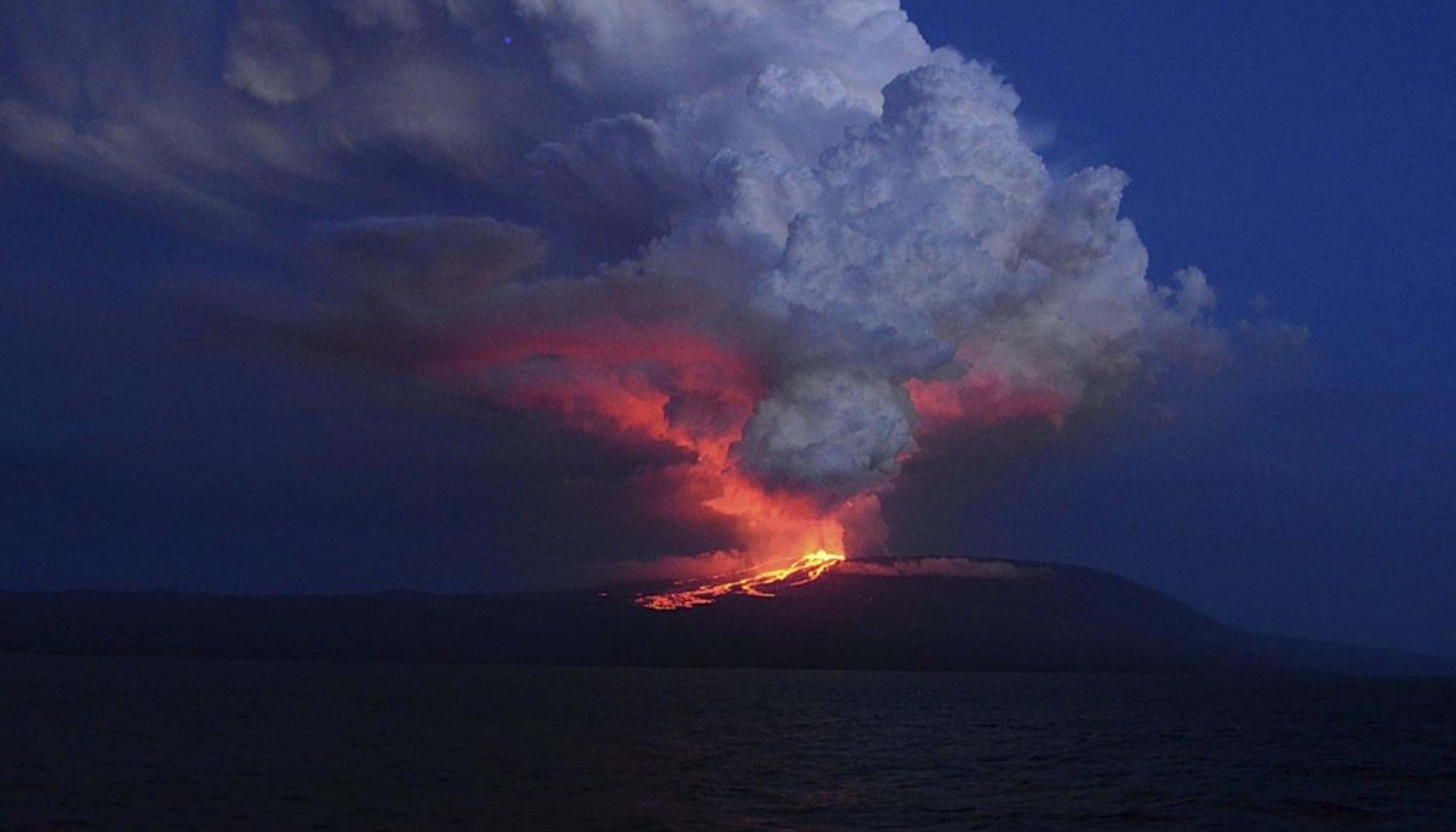
Wolf Volcano Erupts in the Galapagos, 07-Jan-2022
SCROLL DOWN TO READ
Wolf Volcano Erupts in the Galapagos, 07-Jan-2022
The Wolf volcano, which at 1,710 meters is considered the highest volcano in the archipelago, has erupted at 00:20 (local time), spewing lava down its south flanks and clouds of ash over the Pacific Ocean, without posing any danger to populated areas or to native or endemic protected species of Isabela Island.
A cloud of gas and ash from Wolf Volcano rose to 3800 meters (12,500 feet) above sea level following the eruption that began shortly after midnight. At the moment, the population of pink iguanas (Conolophus Marthae) is not affected by the eruption, since it is located on the north flanks of the Wolf volcano at about 500 meters above sea level. This species of land iguana is endemic to the Galapagos and only inhabits this volcano and is being constantly monitored by the Galapagos National Park Service. As of last August, only 211 pink iguanas remain on Isabela Island, but other endemic species of reptiles such as the yellow iguana (Conolophus Subcristatus) and the Wolf Galapagos giant tortoises (Chelonoidis becki) also live in the area.
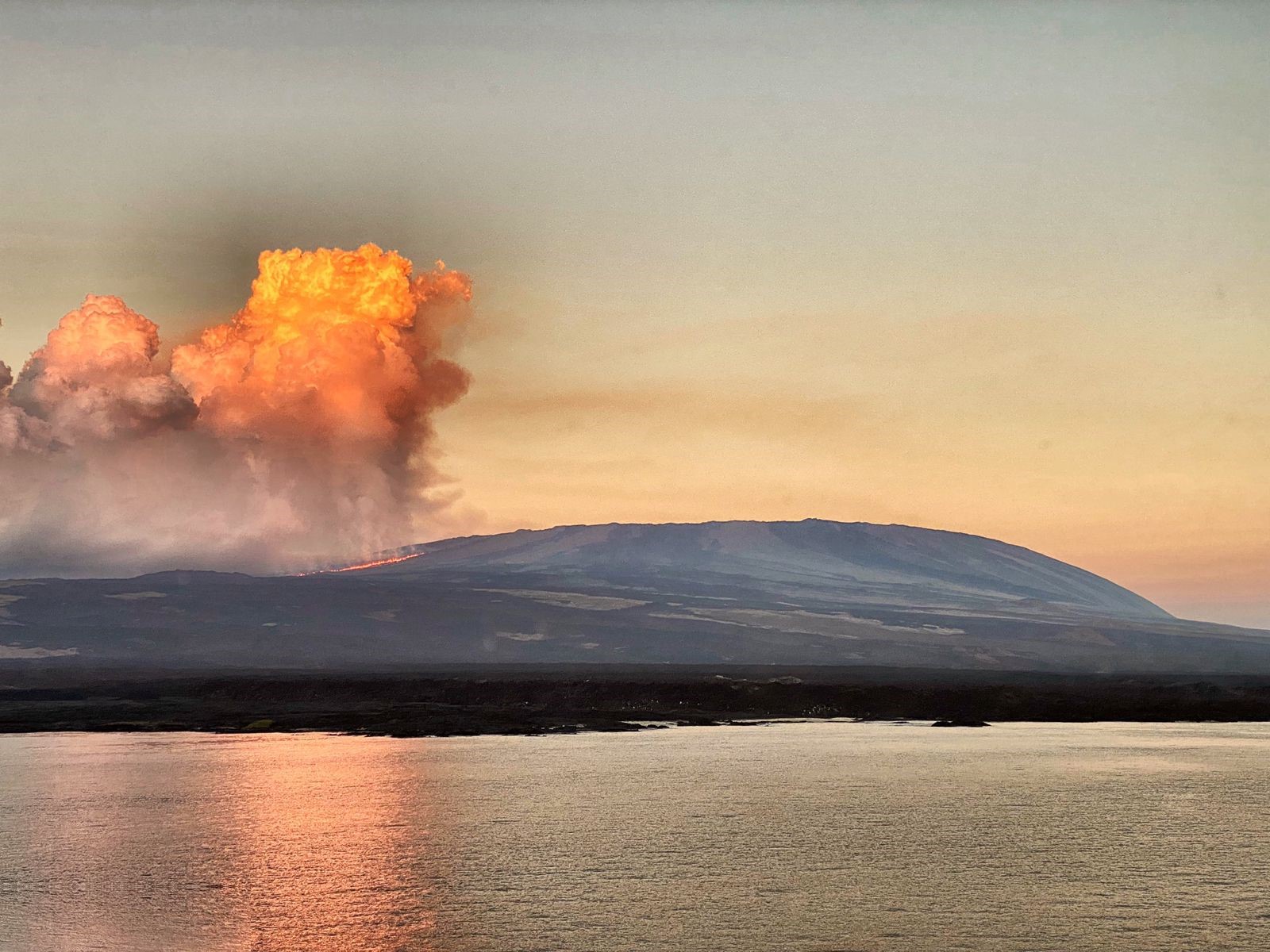
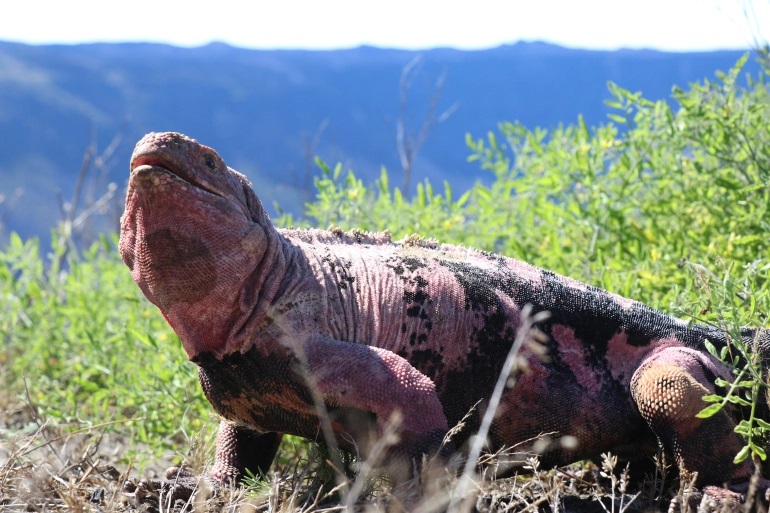
The volcano erupted last in 2015 following 33 years of inactivity. Wolf Volcano is one of several volcanoes active in the Galapagos. It is straddling the equator on the northern end of Isabela Island is the highest volcano of the Galápagos archipelago. It has steeper slopes than most other Isabela volcanoes, reaching angles up to 35 degrees.
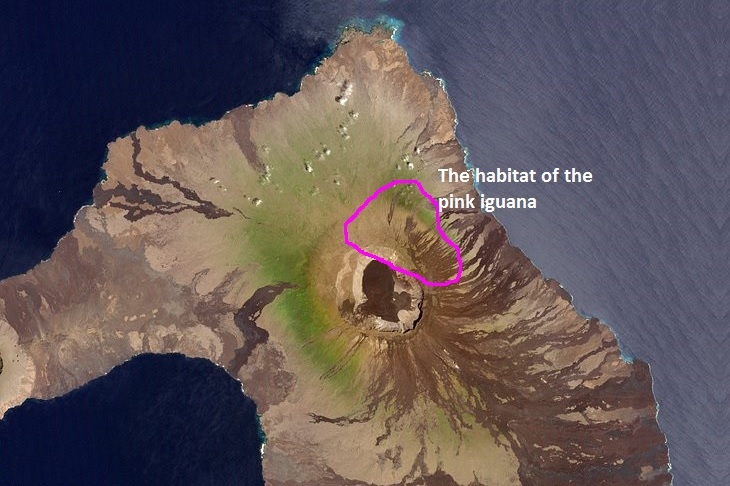
Although the formation of Isabela Island dates back approximately one million years, the first historical eruption was recorded for this volcano in 1797; a further eleven eruptions have been recorded since then, the last being today, in January 2022. Eruptions prior to 1797 have been dated from analysis of surface exposures and old lava flows. The newest lavas are on the eastern and southern sides as well as within the caldera.
